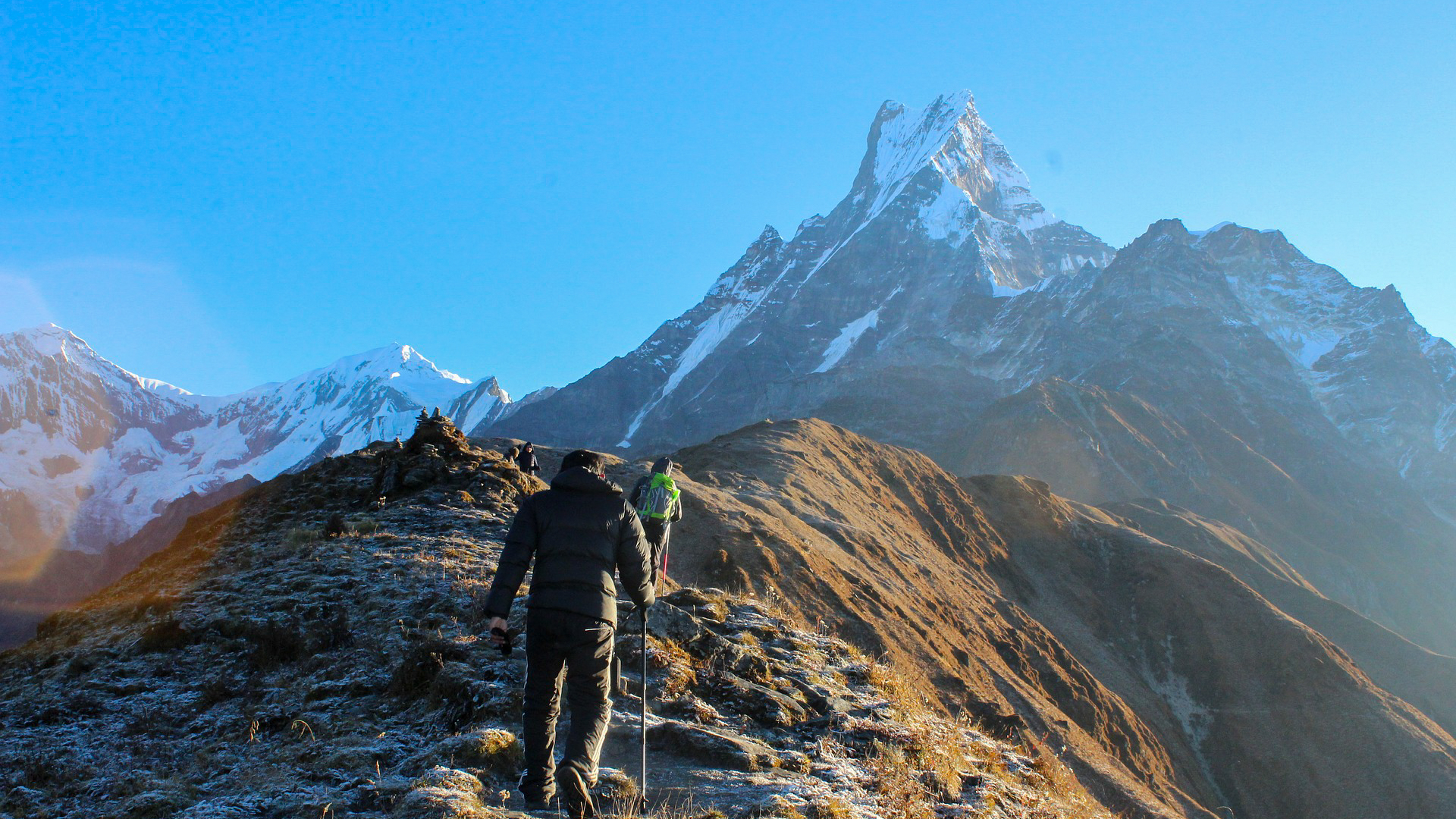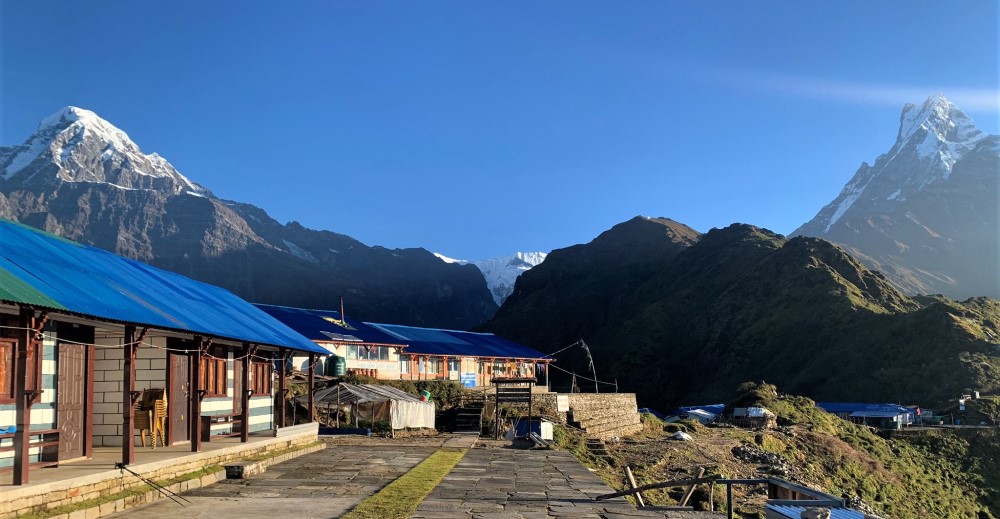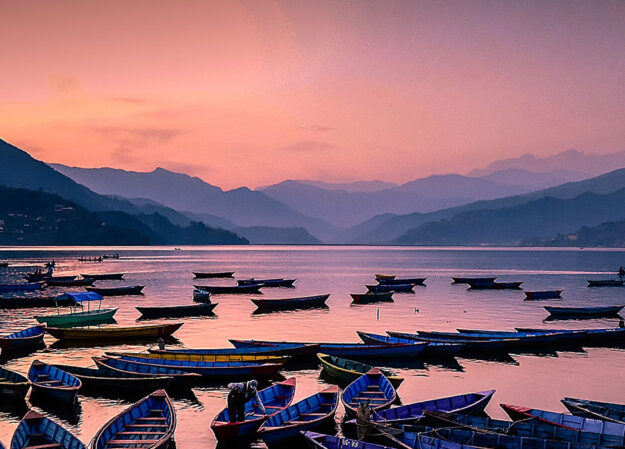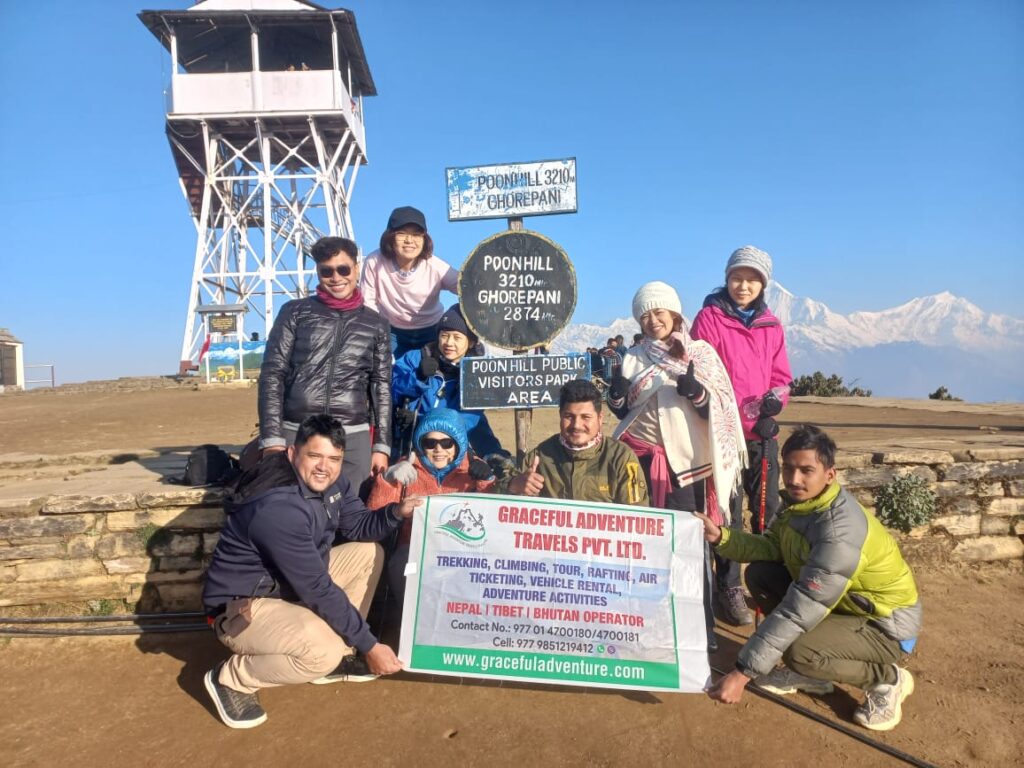One of Nepal’s Annapurna region’s newest and most exciting trekking routes is the Mardi Himal Trek. Located to the east of the overcrowded Annapurna Base Camp path, Mardi Himal offers a less crowded and more off-the-beaten-road alternative without removing trekkers from many of the best Himalaya vistas. Its highest summer season, Mardi Himal Base Camp (4,500m), you are nose-to-nose with Machhapuchhre (Fishtail, 6,993m), as well as Annapurna I (8,091m), Annapurna South, Hiunchuli, and Gangapurna.
The trek is generally 5–7 days from Pokhara and therefore one of Nepal’s most brief high-altitude treks. It consists of 5–6 hours of daily walking, and while parts of the trails are steep, no technical climbing skill is required. Mardi Himal is therefore an easy trek for inexperienced trekkers with good physical health as well as experienced trekkers who are not in top form but desire a quick fix.
It is the scenery that makes the trek so special. It begins on the gentle hills with bamboo, oak, and rhododendron forests, and where flowers are in a beautiful color’s during the spring months and birdsong is heard. The trek grows steeper and emerges into the alpine meadows and grassy ridges that provide magnificent views of the Annapurna and Dhaulagiri ranges. Hiking along these ridges is to drift between clouds, snow peaks rising above and valleys falling away. Sunrise and sunset at High Camp are unforgettable, the light gradually tinting the mountains pink and gold.
The hike also puts you in contact with Nepal’s original culture. Along the lower reaches, you walk through Gurung and Magar villages, renowned for their ancient stone houses, farming terraces, and warm hospitality. Some of these families have ties with the famous Gurkha soldiers, and you will be welcomed by simple smiles, homemade food, and stories of high country life. These human experiences make the trek people-friendly and heartwarming along with nature’s beauty.
Along the way, there are small tea houses and lodges with hospitality, hot food and a warm bed after a day of hiking. The lodges are not as fancy as along the more touristed trekking trails, but it is all part of the beauty — an opportunity to leave the modern world behind and live in the mountains at a slower pace. Sipping a mug of tea at the fireplace with the locals and fellow travelers is as much a memory as mountain views.
One of the gems of Mardi Himal Trek is its less touristy environment. Compared to Annapurna Base Camp or Everest Base Camp, Mardi is still relatively new and not as explored by trekkers. The trek is thus less crowded, and you get the luxury of enjoying the untouched wilderness of the Himalayas without the throngs. For most, that feeling of aloneness makes Mardi Himal worth it.
All in all, the Mardi Himal Trek is the perfect blend of mountain scenery, culture, and peaceful trekking. It offers you the chance to approach close to some of the tallest mountains in the world within a week but trekking through forests, meadows, and villages of rural villagers. For those seeking a short but rewarding experience in the Himalayas, Mardi Himal is among the best in Nepal.















